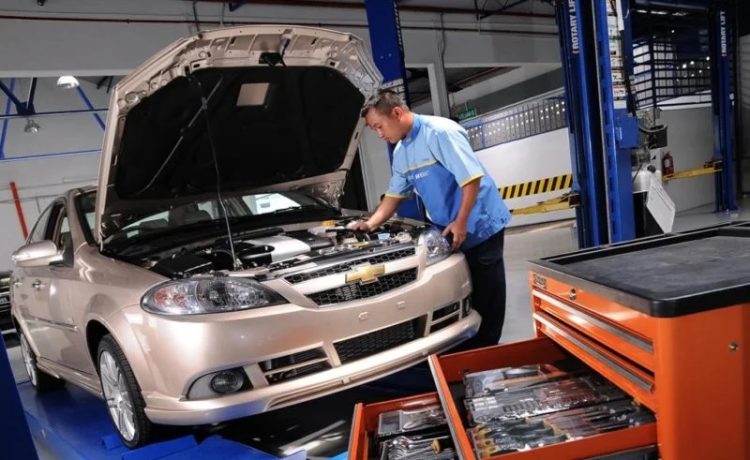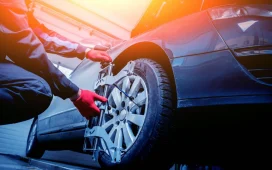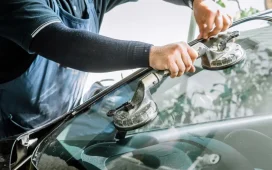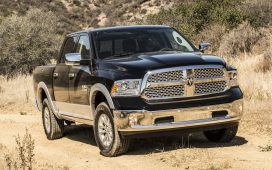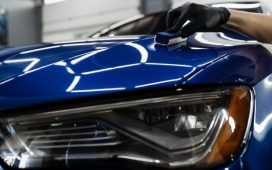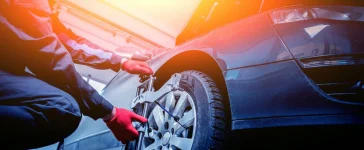Car bumpers are more than just protective barriers against collisions—they play a significant role in shaping a vehicle’s aerodynamics. Designed with smooth curves and precise contours, bumpers help direct airflow efficiently around the vehicle’s body. This streamlined flow reduces air resistance, or drag, which in turn improves fuel efficiency and vehicle stability at higher speeds. When a bumper suffers damage such as dents, cracks, or misalignment, these disruptions alter the smooth surface that airflow depends on, creating turbulence and increasing drag.
How Cracks and Dents Affect Airflow
Even small cracks or dents on a bumper can disturb the laminar flow of air across the vehicle’s surface. These irregularities cause air to swirl and separate from the body, creating drag pockets that slow the vehicle down. The more significant the damage, the greater the disruption to airflow patterns. This turbulence not only reduces fuel economy but can also affect vehicle handling by increasing wind noise and creating instability, especially at highway speeds. In severe cases, damaged bumpers can negatively impact other aerodynamic features like splitters and spoilers.
The Impact on Fuel Efficiency and Emissions
Aerodynamic drag directly influences how hard a vehicle’s engine must work to maintain speed. When a bumper is compromised, the increased air resistance forces the engine to consume more fuel. Over time, this inefficiency can lead to higher fuel costs for drivers and fleet operators alike. Additionally, burning more fuel means producing more carbon emissions, contributing to environmental pollution. Thus, maintaining the integrity of bumper surfaces is important not just for performance but also for reducing the vehicle’s carbon footprint. Going for the Auto Repair in Augusta, GA based service would be essential here.
Safety and Performance Considerations
Beyond aerodynamics, a damaged bumper can also reduce the effectiveness of safety features designed to absorb and distribute collision forces. Misaligned or cracked bumpers might not properly manage impact energy, putting occupants at greater risk in an accident. Furthermore, aerodynamic instability caused by damaged bumpers can affect braking distances and cornering stability. Ensuring bumpers are in good condition helps maintain optimal vehicle performance while protecting passengers and pedestrians.
Preventing and Addressing Bumper Damage
Routine inspections and timely repairs are essential to keep bumpers aerodynamically sound. Addressing cracks, dents, and loose fittings promptly restores the bumper’s smooth profile, minimizing drag and maintaining fuel efficiency. For severe damage, professional bodywork might be necessary to reshape or replace bumper components. Protective measures such as careful parking and cautious driving can also reduce the risk of impact damage. Taking care of bumper condition ultimately supports better vehicle performance, lower operating costs, and enhanced safety on the road.
Conclusion
Car bumpers serve a crucial aerodynamic function that is often overlooked. Damage to these components disrupts airflow, leading to increased drag, reduced fuel economy, and potential safety risks. By understanding how cracks and dents affect vehicle aerodynamics, drivers and fleet managers can prioritize bumper maintenance to protect both performance and efficiency. A well-maintained bumper helps keep your vehicle running smoothly and economically while safeguarding everyone on board.

